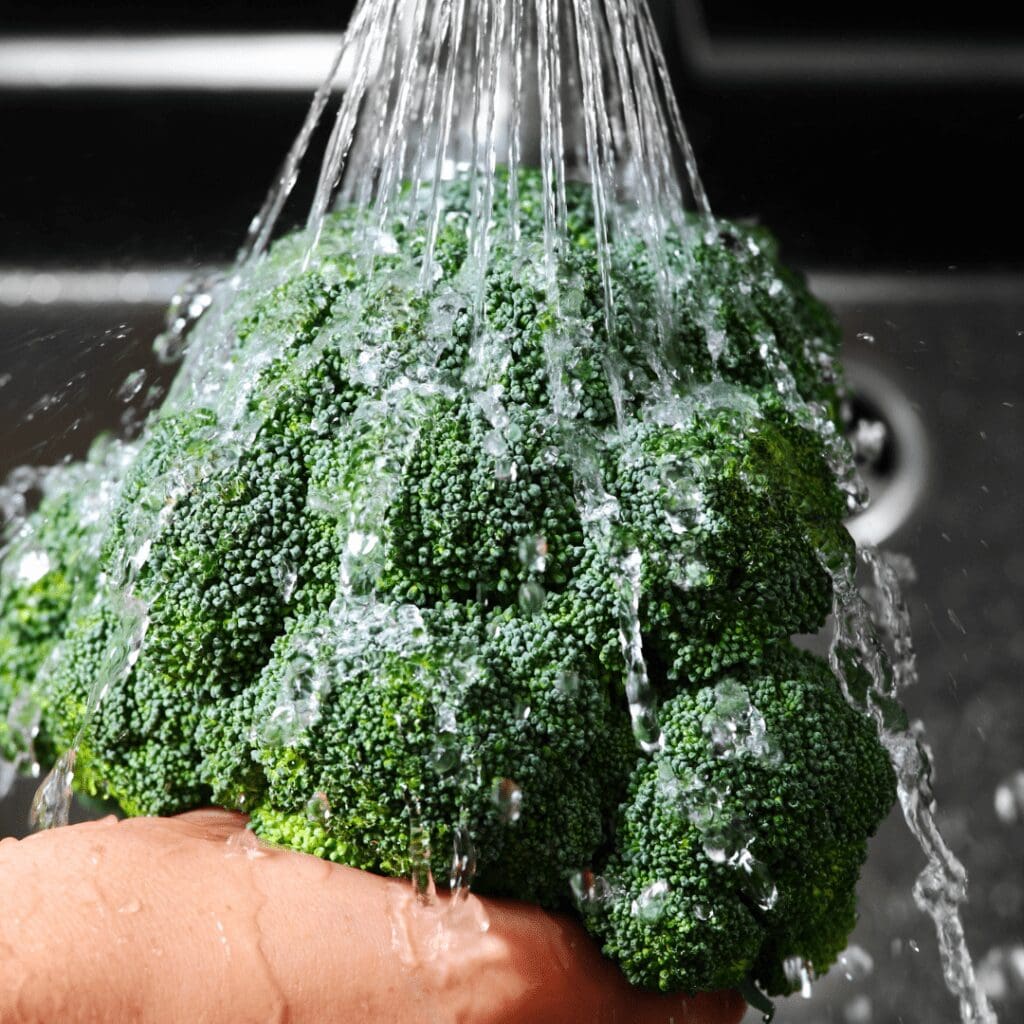Bringing Attention to Global Food Safety
September means lots of things to different people—back to school, football season, sweater weather—but for us at Smith’s Farm, September is National Food Safety Month. Over 600 million people each year become sick from foodborne illnesses, with 48 million of those people in the United States alone. The only way to prevent the spread of these nasty viruses, bacteria, and parasites is knowing how to safely clean, handle and prepare foods.
Whether you’ve been washing your produce by hand since you were knee-high to a grasshopper or have never thought about the importance of food safety, this September is the perfect month to learn.
Understanding Foodborne Illnesses and Causes
We like to have fun around the farm, but foodborne illnesses are no joke. It can take at least two hours for someone to realize they might be sick. Some common signs of illness, like food poisoning, include vomiting, diarrhea, and stomach cramps. These symptoms are caused by bacteria, viruses, and parasites that have found their way onto food items during growing, harvesting, or transport.
Bacterias are mostly found in animal-based products, viruses in seafood, and parasites—the nastiest of them all—are found in both animal-based products and produce.
As scary as all of this talk of infectious illnesses sounds, there is a simple way of protecting yourself. It’s all about understanding food safety and how to execute it in your daily life. By following four simple procedures, it is easy to keep food fresh and safe for consumption.
Washing Hands and Cleaning Produce

The first and easiest step in food safety is to understand the importance of cleaning. Before preparing food, always wash your hands for 20 seconds with soap and hot water to remove any germs and bacteria left from unknown substances. Washing hands not only promotes food safety but also general health.
Cleaning also means rinsing any fruits and vegetables. No matter how clean they may look, there could be something hidden from the naked eye. After all, nobody will want the health benefits of broccoli to be taken away by a nasty foodborne illness.
Separate Produce and Meats
A simple way of practicing good food safety is to prevent cross-contamination in the kitchen. A cutting board and knife that was used on a raw chicken should not be used on fresh tomatoes. The same goes for any other utensils and plates used. At the grocery store, separate paper bags should also be used to also prevent cross-contamination. When it comes to raw meats and raw vegetables, no ingredients should ever come in contact, unless it has already been prepared hot and fresh.
Keeping food separate helps to prevent the early spread of foodborne illnesses and is just another important portion of overall food safety.
Cooking Temperature

Cooking at the right temperature is not only important for flavor—who wants a cold steak?—but also for the overall food safety of the food.
A simple rule-of-thumb to follow: poultry should be cooked to 165 ℉, whole meats to 145 ℉, and ground meat to 160 ℉.
Sometimes, the time and look of the food product are not enough. Raw poultry can be especially dangerous since consuming it can lead to more lasting damage, depending on the state of the person’s immune system. A simple way to avoid eating any undercooked meat is to invest in a meat thermometer. It will display the correct and current internal temperature, and make sure you’re preventing the formation of those dangerous foodborne bacteria.
The Importance of Chilling and Refrigeration
Our final food safety tip is to never leave raw meat sitting out for too long. Always chill and refrigerate food within two hours of purchase, no matter how cold it may still feel.
The “Danger Zone” is the temperature range between 40℉ and 140℉, where bacteria can grow rapidly. It is always important to either stay above these temperatures, or well below them. Defrosting is just as important as chilling. Never let food defrost at room temperature. Instead, let a freezer item defrost in the refrigerator.
Food Safety with Smith’s Farm
Any chef, no matter if cooking for a large restaurant or at home in a small kitchen, needs to understand the basics of food safety. Here at Smith’s Farm we know the importance of food safety and take pride in maintaining our Global Food Safety Initiative certificate by tracing every product we grow.
Interested in some more ways of staying healthy? Make sure to take a look at Staying Healthy During Back to School Season.

